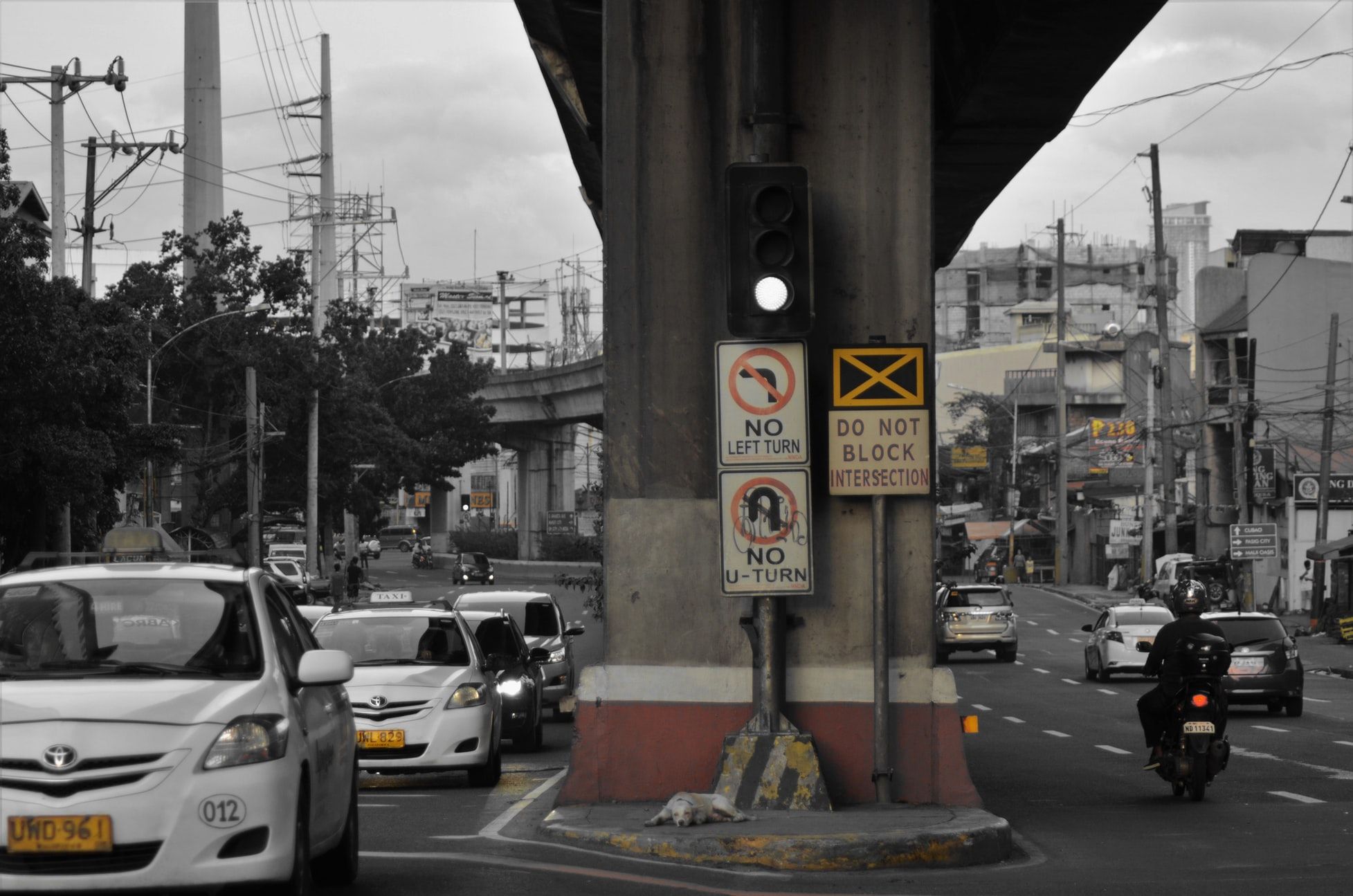Here are the recently-imposed COVID-19 restrictions for Metro Manila and its neighbouring places this June.
Despite being deemed as a "high-to-moderate-risk area" for COVID-19, people in Metro Manila will experience a more relaxed general community quarantine (GCQ) starting 1 June 2021 as the national government eased restrictions on travel, dining, and curfew.
It can be recalled that in the past few months, the greater Manila area was placed under stricter enhanced community quarantine (ECQ) and modified enhanced community quarantine (MECQ) following a spike in the number of COVID-19 infections.
In this article, Tatler gives you an update on the number of cases, restrictions, and safety protocols you need to follow so you can dodge the threats of the deadly virus.
Related: Philippine National ID: Here's Everything You Need To Know
What are the quarantine levels in different parts of the country?
To allow more nonessential businesses to resume their operations, the Inter-Agency Task Force Against Emerging Infectious Diseases (IATF) recommended more lax quarantine measures in the National Capital Region (NCR) and its neighbouring regions.
Starting 1 until 15 June 2021, the following areas will be under GCQ "with restrictions" for 15 days:
- Metro Manila
- Bulacan
- Rizal
- Laguna
- Cavite
The following areas are under GCQ from 1 June to 30
- Baguio City
- Kalinga
- Abra
- Mountain Province
- Isabela
- Nueva Vizcaya
- Quirino
- Batangas
- Quezon
- Iligan City
- Davao City
- Lanao del Sur
- Cotabato City
Meanwhile, the following places will be under MECQ to address the increasing number of COVID-19 cases:
- Santiago City
- Cagayan
- Apayao
- Benguet
- Ifugao
- Puerto Princesa
- Iloilo City
- Cagayan de Oro City
- Zamboanga City
- Zamboanga Sibugay
- Zamboanga del Sur
- Zamboanga del Norte
- Butuan City
- Agusan del Sur
The rest of the country is under modified GCQ (MGCQ) for the entire month of June.

HAVE THE CASES DIPPED?
The Department of Health (DOH) has recorded more than 7,000 COVID-19 infections from Friday, 28 May until Sunday 30 May. The agency so far tallied 23,249 new cases over the weekend bringing the country's total to 1,223,627. Of the total cases, 53,757 or 4.4 per cent are active.
DOH also raised the country's death toll to 20,860 after it reported deaths that exceeded 100 in the past five days.
Meanwhile, there were already 1,149,010 patients who recovered from the virus.
Read also: Tatler Heroes: Filipinos Leading The Fight Against Covid-19
WILL THERE BE CURFEWS UNDER GCQ?
Mayors in Metro Manila agreed to retain the 10pm to 4am curfew in the area indefinitely. According to Metropolitan Manila Development Authority Chairperson Benhur Abalos, the region seeks to keep things the way they presently are to help reduce the number of cases in the coming days.
"It is the status quo for now, we would not change curfew hours," Abalos said in a Malacañang briefing.
Currently, only authorized persons outside residence (APOR) in the National Capital Region (NCR) are allowed to leave their homes.
Read more: How To Avoid Covid-19: Tips To Stay Healthy & Sanitised

